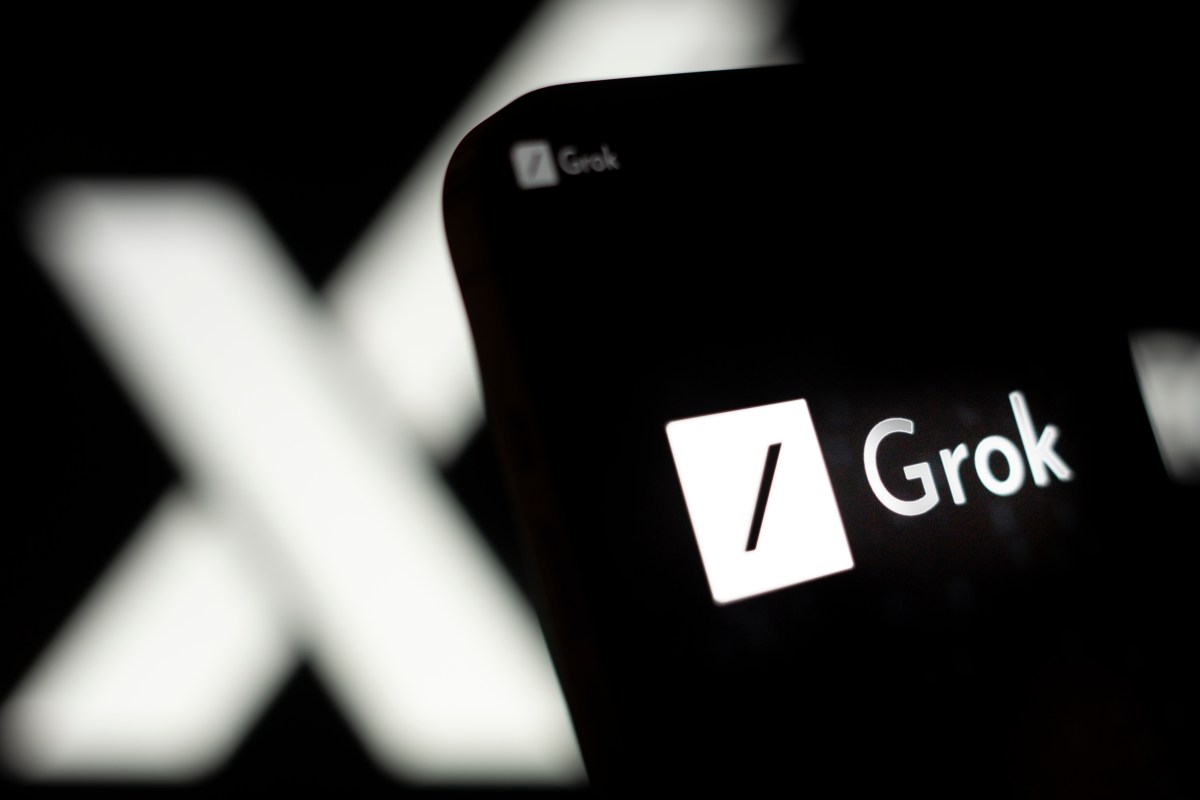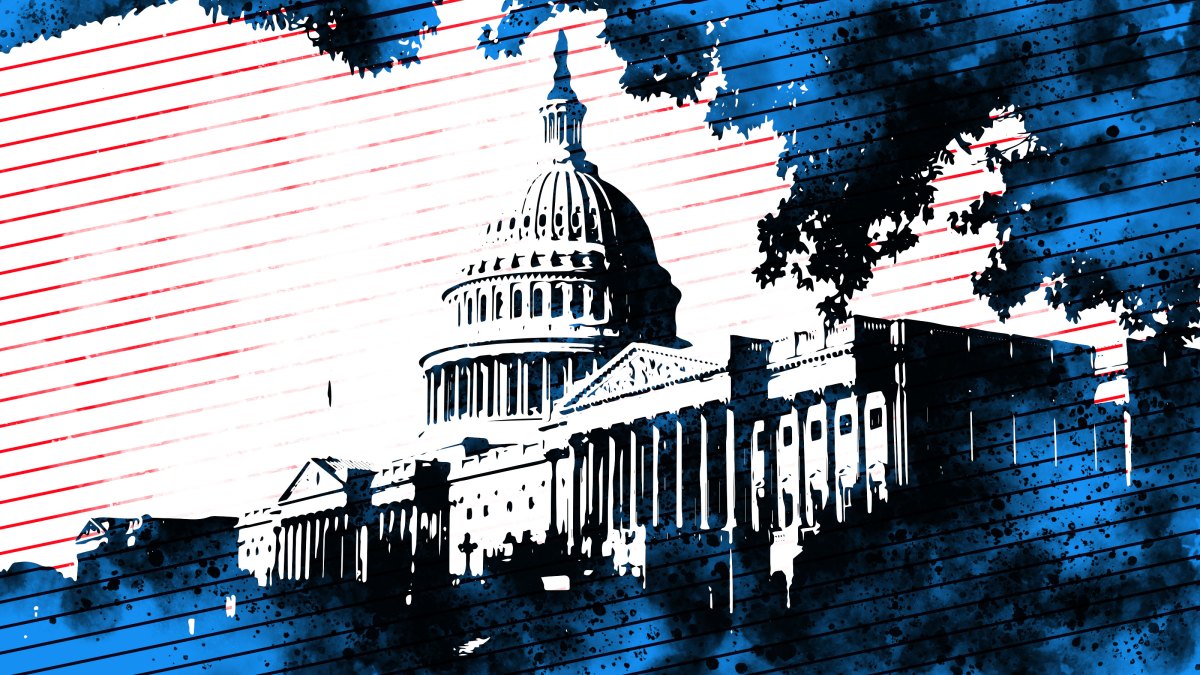ARTICLE AD
I'm not breaking any news when I say a reliable internet connection is essential for working from home, staying on top of schoolwork and keeping us entertained. But home internet service isn't cheap. It can cost so much that some people struggle to connect at all.
A temporary subsidy program called the Emergency Broadband Benefit was established in 2021 to help low-income families and those who'd lost income in the early days of the COVID-19 pandemic. In 2022, the government replaced it with the Affordable Connectivity Program -- one of several broadband-focused initiatives in the $1.2 trillion infrastructure bill signed by President Joe Biden in November 2021.
Like the EBB, the ACP aims to help households afford the internet connections they need to keep pace with a rapidly changing world. Those who qualify will get $30 a month off their internet bill. That amount goes up to $75 monthly for households on Tribal lands. As of January 8, over 22.5 million households in the US have signed up.
All great news, right? Absolutely. But it's also now known that funds are quickly running out. My colleague Joe Supan recently interviewed a spokesperson for the Federal Communications Commission, who confirmed that the ACP may expire by May unless Congress acts soon to provide additional funding.
That means new enrollments will not be allowed after February 7, 2024, per a recent order from the FCC. But until then, over 1,600 ISPs are still participating in the ACP. You can check the Federal Communications Commission's state-by-state list to determine which ISPs are available in your area. There's also a government website, whitehouse.gov/getinternet, to help you navigate the ins and outs of this benefit.
Let's walk through what else you need to know to take advantage of the ACP.
1. Do you qualify for free internet?
Not everyone is eligible for the Affordable Connectivity Program. It's intended to help low-income households afford broadband connections for school, work, health care, utilities and other services. Thus, at least one home member must meet the criteria for the household to participate.
First, if you or anyone in the household participates in the federal Lifeline program, you'll also be eligible to participate in the ACP. Through the Lifeline program, you can receive a discount of just over $9 monthly on your internet service (and just over $34 per month for those on Tribal lands). Any funds from the ACP will be an additional discount to what you receive via Lifeline. It also helps you skip a step, which I'll describe shortly.
Other programs can qualify you for the ACP if you're not taking advantage of Lifeline. If you or anyone in your household currently participates in particular government assistance plans -- including Federal Public Housing Assistance, Medicaid, Supplemental Nutrition Assistance Program, Supplemental Security Income and Special Supplemental Nutrition Program for Women, Infants, and Children special supplemental nutrition program -- you will also be eligible to opt into the ACP.
You can also qualify for the ACP based on your income. Regardless of participation in the above programs, your household will be eligible if your income is less than or equal to 200% of the federal poverty guidelines. Here's how that breaks down:
ACP qualification: Total income
| $30,120 |
| $40,880 |
| $51,640 |
| $62,400 |
| $73,160 |
| $83,920 |
| $94,680 |
| $105,440 |
Show more (3 items)
After eight, you can add $10,760 to the final amount listed for each additional person. Also, it should be noted that the numbers are slightly higher for Alaska and Hawaii. You can find those specific US Department of Health and Human Services numbers on the charts on its site. Be aware that you'll need to take the numbers in the charts on that page and multiply them by two to get the needed "200% of the federal poverty guidelines."
Finally, other things that would make you eligible include:
Participation in specific Tribal programs, including Bureau of Indian Affairs General Assistance, Tribal TANF and Food Distribution Program on Indian Reservations.Received a federal Pell Grant during the current award year.Approval for free or reduced-price school lunch programs or school breakfast programs.Meeting the eligibility requirements of a participating ISP's existing low-income program.If any of the above is met, you may also be eligible for a one-time discount of up to $100 for a desktop computer, tablet or laptop.
2. Can you 'skip the line'?
Remember how I talked about skipping a step when I mentioned the Lifeline program? If you're already a part of Lifeline, you can contact your ISP directly to enroll in the ACP. You're not required to use the Apply Now button on the ACP site.
Similarly, if you are currently enrolled in your ISP's low-income program but are not participating in Lifeline, you may also be able to avoid using the ACP site. You must follow up with your ISP and ensure that the FCC approves it for this step.
3. Do you have your paperwork together?
If you can't skip that step, prepare to pull together several documents. (Note: If you plan to mail the application, do not send your original documents, only copies.) Among the paperwork you'll need is proof of income, including either a tax return, pay stub or Social Security statement of benefits, or proof of program participation, including approval letters, benefit verification letters or statement of benefits.
You can refer to the ACP site's Show You Qualify page for a full list of acceptable documents.
4. Time to apply for the ACP
You have three different ways to apply for the Affordable Connectivity Program. The first is to apply online. You can create a new account at ACP's online application portal.
Your second option is to apply by mail. You must print out an application, complete it and send your copies of the required documents to ACP Support Center, PO Box 9100, Wilkes-Barre, PA 18773.
The third option is to contact your ISP directly and ask if it participates in the ACP. If it does, it should be able to assist you and walk you through whatever steps are needed to complete the process.
If you choose to apply online, you may receive immediate approval. If that's not the case, there may be a request for additional documentation before you can move forward with the ACP discount. But once you're approved, you can move on to the final step.
5. Did you contact your internet provider?
The ACP is not a check you receive but a discount on your internet bill. As such, you'll need to notify your ISP of your ACP participation so it will apply the discount to your monthly charge. This is also an opportunity to see if you can upgrade your internet plan tier and get more speed for less money.
Some ISPs that are participating in the ACP
AT&T: The ACP benefit can be used toward any AT&T internet plan. Access from AT&T is the company's low-cost program for limited-income households. It features download speeds up to 100Mbps for $30 a month, which will be free for customers when combined with the ACP.Cox: Cox has two different discount programs. Connect2Compete is aimed at low- or fixed-income families. ConnectAssist is geared toward low-income households without children. Qualifying customers can receive a 100Mbps plan (including a free modem, access to Wi-Fi hotspots nationwide and 1.25TB of data) for $30 a month, which can be covered completely by the ACP benefit.Mediacom: All customers eligible to participate in the ACP and serviceable for Mediacom can use the benefit for a discount on Xtream Internet service. Mediacom also features a Connect-2-Compete program for low-income households with at least one student in K-12 and at least one child in the National School Lunch Program. It features up to 25Mbps download speeds for $10 monthly or 100Mbps for $30 per month. Both plans would be free when combined with the ACP benefit.Optimum: The Optimum Advantage Internet program includes eligibility for seniors or households with anyone participating in NSLP. The no-contract internet plan, which includes a router, modem, free installation and unlimited data, features up to 50Mbps download speeds for $15 a month. When combined with the ACP benefit, participants can receive free internet service.Spectrum: Charter's cable internet service is participating in the ACP, and eligible customers can use the discount on all Spectrum internet plans. Also of note, Spectrum offers ACP customers a 100Mbps plan that includes Wi-Fi, modem and self-installation for $30 a month. That means eligible ACP customers could get their broadband service for free. Starry Internet: The ACP benefit can be applied to any Starry Internet service plan, but the company's affordable internet program, Starry Connect, features 30Mbps download and upload speeds and can be completely covered by the ACP discount. The same is true of its Starry Select plan, which features download speeds of 100Mbps and 50Mbps upload.Verizon: Verizon customers, including Verizon 5G Home Internet and Verizon Wireless, can use ACP benefits if they qualify for the program. Through the company's Fios Forward and Verizon Forward programs, some Verizon customers may receive free internet service using the ACP benefit. Customers of Verizon Fios' 500Mbps or Gigabit plans can also utilize the ACP for discounted service.Xfinity: Comcast has long offered an affordable plan called Internet Essentials, aimed at low-income households. It offers download speeds up to 50Mbps, no contracts and free equipment for $10 monthly. Now, ACP participants can also use Internet Essentials Plus, which doubles the download speed to 100Mbps and includes the same terms (no credit check, no contracts and free equipment) for $30 a month or free for ACP customers.Note: This is not an exhaustive list. To determine if an ISP in your area participates in the ACP, refer to the FCC's state-by-state ACP participants list.
6. Don't neglect these final details
Your household cannot get the ACP discount from more than one ISP, nor can you get multiple discounts within the same home. Doing so would disqualify you from receiving further assistance or benefits through the ACP.
Also, you must notify your ISP or the ACP if you no longer qualify for the benefit. So, if you're no longer participating in a qualifying assistance program or your income exceeds the poverty threshold, you must take action within 30 days of the change.
If you have any additional questions about the Affordable Connectivity Program, call the ACP Support Center at 877-384-2575.
Affordable Connectivity Program FAQs
Is the Affordable Connectivity Program the same as the Emergency Broadband Benefit?
It is similar, but they are two different programs. The EBB was a temporary benefit created to help those in need during the COVID-19 pandemic. It ended on December 31, 2021. The ACP is a long-term program aimed at helping low-income households stay connected for work, school, health care and more.
The EBB provided $75 a month for qualifying families on Tribal lands. That does not change with the ACP. However, the EBB provided $50 a month as a maximum monthly benefit for all others, whereas the average monthly amount for the ACP is $30.
How long will the Affordable Connectivity Program last?
The ACP is a long-term program to which the government has committed $14 billion. However, it could end by May 2024 if Congress does not agree upon further funding.
Will the Affordable Connectivity Program send funds to help me pay for my broadband costs?
No, you will not get a check in the mail. The ACP is essentially a discount on your home internet service. Your service provider will receive the funds from the government, and you will, in turn, see a reduced price on your bill.

 1 year ago
99
1 year ago
99 

